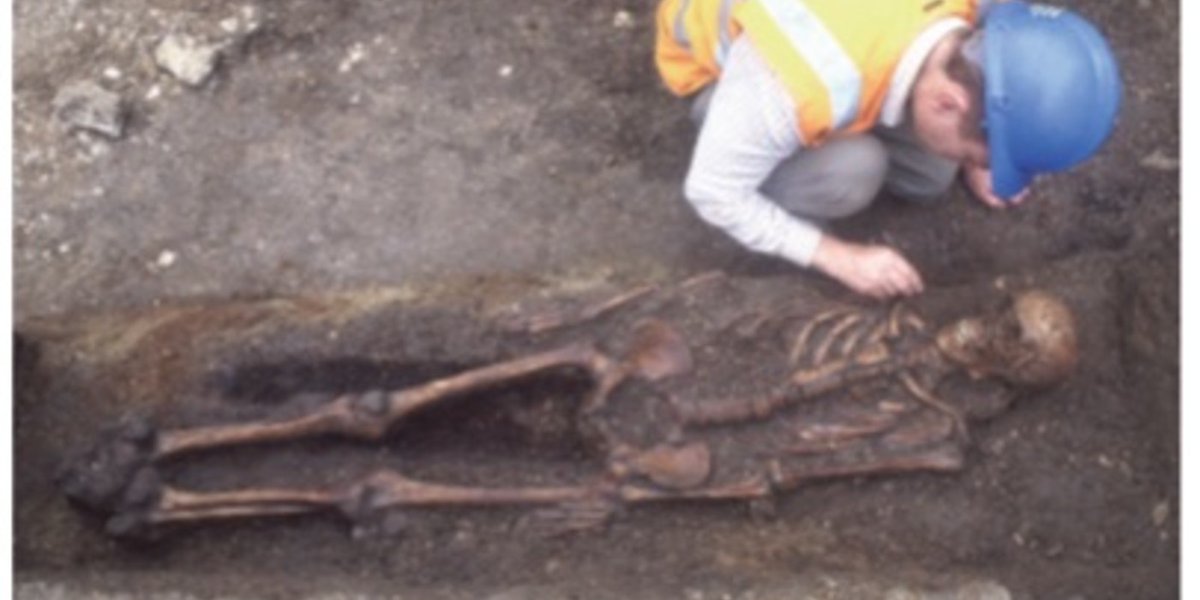
In June 1897 the borough of Shoreditch opened a groundbreaking facility for burning waste to generate electricity. Before this development, the Regents Canal, opened in 1820, brought coal into the borough and coal gas was manufactured along its banks. The canal also carried away 

industrial and household refuse which was taken by barge and dumped at sea.
The first practical electric light had been made in Paris in 1876. By 1878 the Wells and Company Ironworks at 125-130 Shoreditch High Street were already generating their own electricity to light their
The first practical electric light had been made in Paris in 1876. By 1878 the Wells and Company Ironworks at 125-130 Shoreditch High Street were already generating their own electricity to light their
new gothic frontage and impress their customers. There was a demand for electric lighting from other large shops and businesses.
By the 1890s Shoreditch was disposing of 20,000 tons of waste a year. Burning the waste to generate electricity was a bold but attractive idea. It was
By the 1890s Shoreditch was disposing of 20,000 tons of waste a year. Burning the waste to generate electricity was a bold but attractive idea. It was
proposed to build a generator that would burn refuse, produce electricity and heat water for public baths. Candidates in the 1894 parish council election included this scheme in their manifesto and the election results suggested the voters liked the plan.
Land was bought at the
Land was bought at the
corner of Coronet Street for a public baths, library, museum and college. Access to the refuse destructor and power station was to be by an entrance in Hoxton Square. Horse-drawn carts delivered the rubbish the works. Three steam engines drove the generators to make the
electricity. The plant was operated by 62 employees. The total cost was around £70,000 and was borrowed from the London County Council.
Shoreditch’s main streets were lit by 57 arc lamps mounted on cast iron standards 6.3m high. Lighting for St Leonards church was provided in
Shoreditch’s main streets were lit by 57 arc lamps mounted on cast iron standards 6.3m high. Lighting for St Leonards church was provided in
1897 and for the workhouse infirmary (later St Leonards hospital) in 1901. When cables were run underground to local streets some ancient water pipes made of tree trunks were found in Old Street.
Burning rubbish could not meet demand and additional fuel was soon needed for the
Burning rubbish could not meet demand and additional fuel was soon needed for the
furnaces. A new, larger coal-fired power station was built in Whiston Road in 1902. Eventually it became uneconomic to generate electricity locally in each borough and, after WW2, electricity was nationalised. The Coronet Street works have become Circus Space but the building
still carries the inscription E pulvere lux et vis which means Out of dust, light and power.
Shoreditch retained its commitment to ensure local people benefited from forms of power. By 1926 the borough also sold and hired out domestic appliances from an electricity showroom in
Shoreditch retained its commitment to ensure local people benefited from forms of power. By 1926 the borough also sold and hired out domestic appliances from an electricity showroom in
Hoxton Street. Information taken from More Light, More Power: electricity generation and waste disposal in Shoreditch 1897-2009, Christopher Derrett, Hackney History 15, pp 12-22 layers of London @threadreaderapp unroll
• • •
Missing some Tweet in this thread? You can try to
force a refresh













